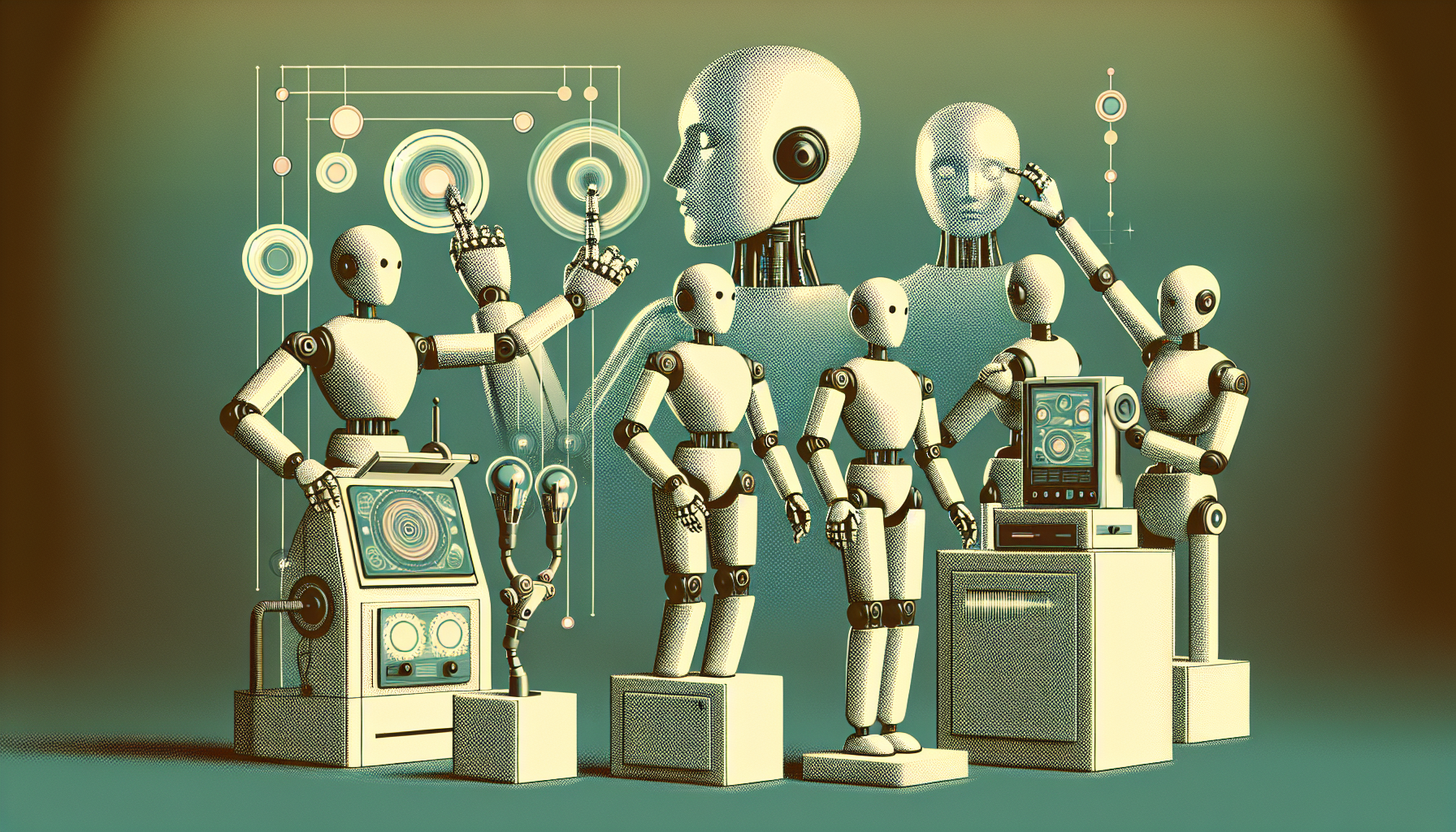Robots are becoming more skilled every day, not only because of their advanced brains but also because of new ways to sense the world around them. Among these are touch sensors, also known as tactile sensors. These tiny yet powerful tools are changing what robots can do, bringing them closer to the elegance and precision of human touch.
Understanding Robotic Touch
Tactile sensors allow robots to experience their environment through physical contact. Just as our skin helps us feel a gentle breeze or a firm handshake, tactile sensors gather information whenever a robot touches or grips something. This ability is vital in situations where careful handling is required, or where sensing pressure and texture can make all the difference.
How Do Tactile Sensors Work?
The secret behind robotic touch lies in how these sensors detect and measure contact. Technologies vary, but most tactile sensors rely on one or more of the following methods:
- Capacitive Sensing — Detects changes in electrical charge as objects come into contact with the sensor surface.
- Magnetic Sensing — Uses magnets to track movement or pressure against the sensor.
- Infrared and Optical Sensing — Measures changes in light to determine presence and force of contact.
- Audio Sensing — Listens for sounds produced during touch, especially useful in recognizing textures.
Advanced tactile systems combine these methods to build a rich, detailed understanding of every touch. For example, some next-generation sensors can recognize exactly where contact is made and how much force is applied, letting robots adjust their grip or movement with astonishing precision.
Where Are Robotic Touch Sensors Used?
The impact of tactile sensors is felt across many fields. Some of the most important uses include:
- Industrial Grippers: In manufacturing, robots outfitted with tactile sensors can pick up delicate items without crushing them or place parts with exact precision. This level of control reduces waste, speeds up production, and prevents damage.
- Service and Humanoid Robots: Robots built to assist people—like those in hospitals, homes, or public spaces—rely on touch sensors to handle objects safely, pour drinks, or even take someone’s hand.
- Robotics Research: Scientists use tactile sensors to help robots learn new skills by imitating human movement and touch. As robots become more adept, they offer valuable support in fields from medicine to space exploration.
Recent Breakthroughs
In recent years, several inventions have brought robotic touch even closer to the human experience. Technologies like GelSight capture extremely fine details, allowing robots to “see” texture and subtle shapes with their fingertips. Meanwhile, new forms of pretouch sensing help robots prepare for contact even before it happens, making their actions safer and more responsive.
With these breakthroughs, robots can not only sense when and where they touch something, but also anticipate and adjust in real time to what they feel. This means greater dexterity and a softer, more reliable touch in any environment.
The Path Ahead
Robotic touch sensors are quietly shaping the future of automation. As these technologies mature, robots will handle more complicated and sensitive tasks. They’ll safely work alongside humans, take on intricate assembly jobs, and even help care for people in need. With each improvement, the divide between human skill and robotic ability narrows.
The sense of touch is one of humanity’s oldest gifts. Now, through careful innovation and respect for its importance, we are beginning to share that gift with our machines—enabling them to understand and interact with the world in extraordinary new ways.

Leave a Reply